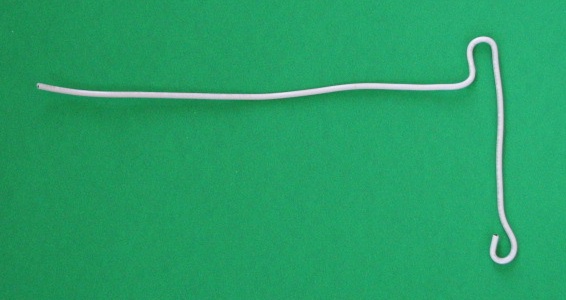
[Title] [text TOC] [image TOC] [Site Search]
 [Donation]
[Donation]

 [Donation]
[Donation]
 |
Hummingbirds |  |
|---|

See the Activities section for more instructions, hints and tips.
Here are some more ideas to help you enjoy hummingbirds.
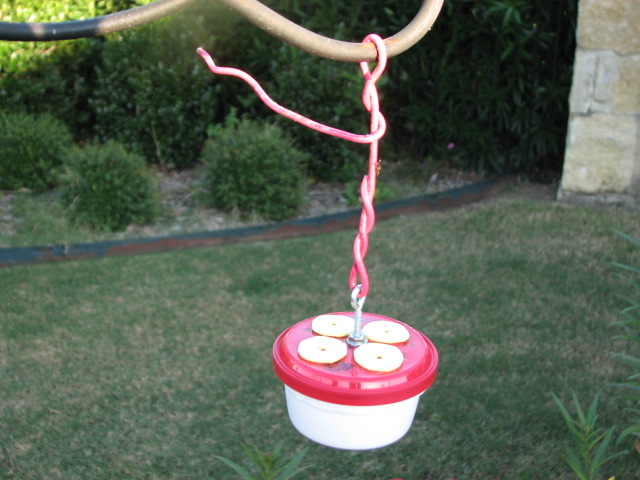 |
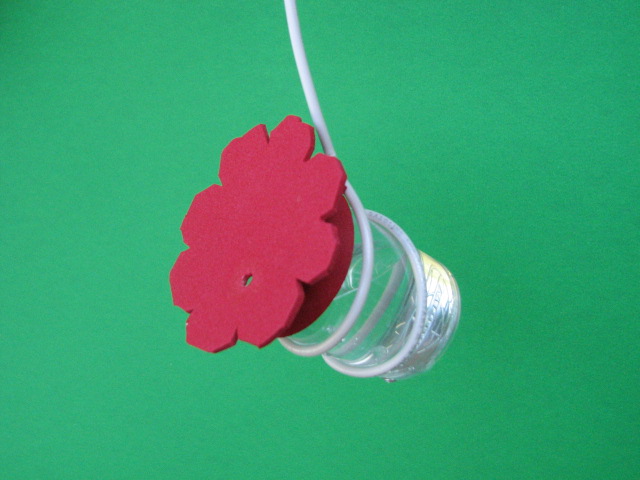 |
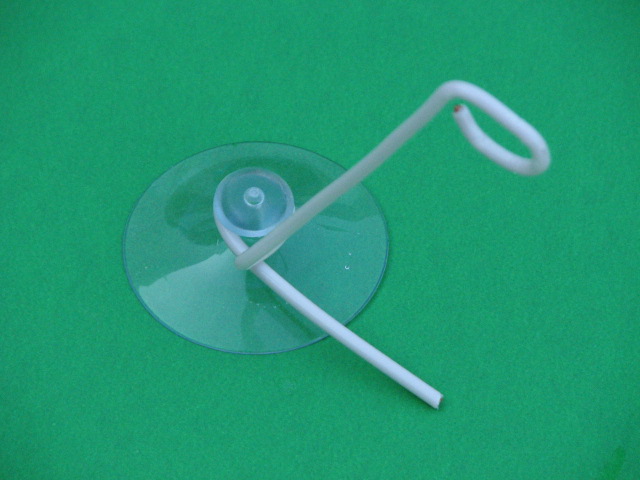 |
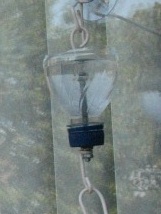 |
Hummingbirds are jeweled aerial acrobats of the garden! They can be very entertaining. It's fun to watch them fly around visiting flowers and occasionally catching a bug out of the air. It's hard to believe the aerial stunts they can perform.
Hummingbirds are one of God's most amazing creations.
| Miles Per Hour | Body Length Per Second | |
|---|---|---|
| Jet Fighter | ||
| Peregrine Falcon | ||
| Space Shuttle | ||
| Anna's Hummingbird |
And all this in a package 3.5 inches long that only weighs 1/2 oz. - about the weight of a penny! To do this they need a lot of high power food - sugar. They eat half or more of their body weight every day in nectar - about 1.5 teaspoons!
Favorite PlantsThe best way to attract hummingbirds to your yard is to have plenty of flowers that they like. It is difficult to attract them if you only put out a feeder. When hummingbirds are looking for food they look for lots of red and orange flowers. Often they will find the flowers in a yard before they find the feeder.
 Scarlet Sage |
 Hummingbird Mint |
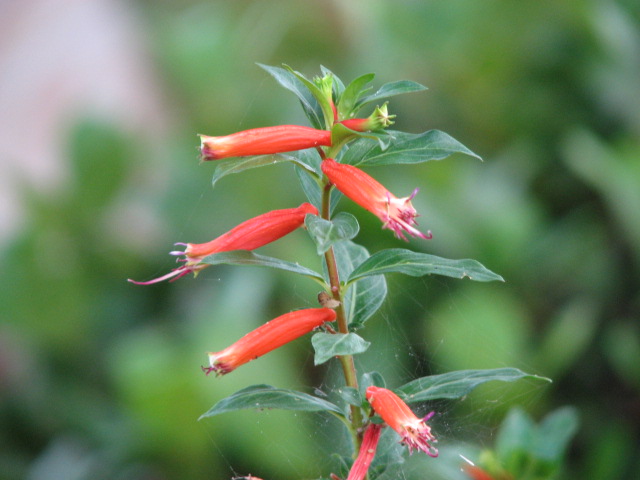 Cigar Plant |
 Turk's Cap |
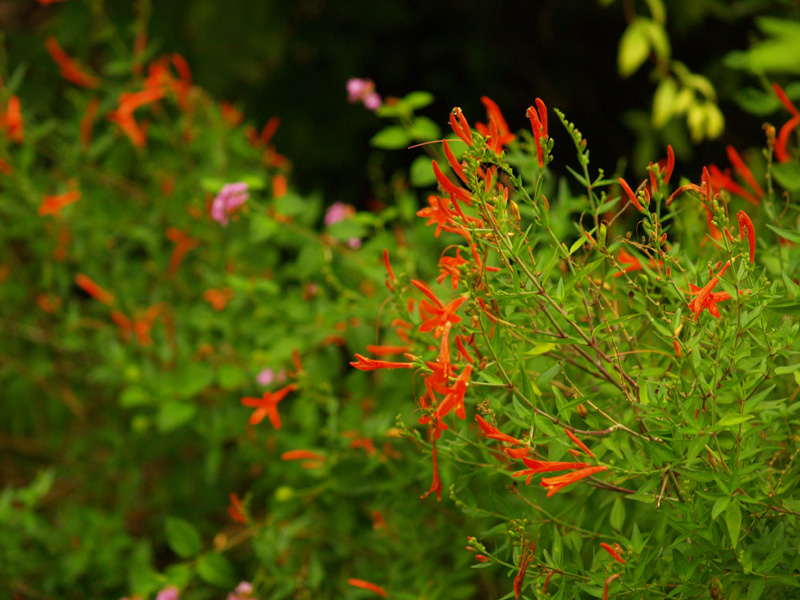 Flame Acanthus (Hummingbird bush) |
Hummingbirds are attracted to tubular shaped flowers. Some examples are shown in the photos above. They seem to prefer the colors red and orange. From my experience, some of their favorite flowers include:
Check to see what your local nurseries recommend - especially those that sell native plants.
Many lists of plants that attract hummingbirds can be found on the Internet and in books. But you have to be careful with these as many of them list flowers that hummingbirds will "visit", but don't "love". A good example is lantana. I have several lantanas in my landscape, but have never seen a hummingbird visit them. I believe that's because I have many other flowers that they really prefer. So, do you want to plant flowers that hummingbirds might visit or one's they love to visit?
If you want to attract hummingbirds early in the spring and keep them there all summer long, and into the fall, you need to have their favorite flowers in your yard that bloom in the early spring, the heat of the summer, and into the fall. Other hummingbird enthusiasts, your local nursery, and the local chapter of the Audubon Society are your best sources of information.
The flowers in your yard alone may not be enough so be sure to put your feeder out before the first hummingbirds are scheduled to arrive. Remember to keep your feeder full at all times.
Hummingbirds need a lot of nectar every day - half a tablespoon. That's a couple hundred drops or many hundreds of flowers. Fortunately, many of the hummingbird's favorite flowers are prolific bloomers. And that is why they look for yards with lots of red flowers.
InsectsFor years I wondered why flowers like zinnia, verbena, begonia, dianthus, coneflower, and lantana show up on lists of flowers that attract hummingbirds. They donít have the tubular shape to hold lots of nectar. Well, I finally figured it out. Hummingbirds do not live solely on nectar. They need small insects for protein and other nutrients. When hummers visit these flowers, they are looking for bugs, not nectar. So feel free to plant some of them in your yard, color doesn't matter so much. It is important not to spray insecticides or pesticides in your yard as the hummers will eat the insects that have eaten the poison.
About half or more of a hummerís diet is insects and spiders. They eat ants, aphids, beetles, gnats, and mosquitoes. A lot of their diet is spiders, but Iím not going to recommend you try to raise spiders. Consider trying to attract insects that are less objectionable like fruit flies. Place some pieces of overripe banana in a container or mesh bag. Throw it all away once the fruit flies stop visiting it. Don't place it near a door or open window as the flies will invite themselves into your house. Another thing you can do is make a paste from fruit, canned fruit, fruit juice, some sugar and a little cake batter Ė anything as long as it is fruity and sweet. Mix it to a consistency of thick cake batter and spread it on a tree trunk or a log. Maybe even place a red ribbon near it to advertise it to the hummers.
Itís fun to watch them expertly snatch flying insects out of the air. This behavior is called hawking. They also use spider silk to hold their nests together.
Fruit trees and berry bushes will attract small insects to their blossoms and also their ripe fruit. So leave some fruit intact to become overripe. Hummers are also attracted to the drilled sap holes of woodpeckers.
FeedersThe most popular feeders you find in stores have several artificial flowers at the bottom and a large bulb-like container or bottle above that holds many ounces of nectar. Most will look similar to the one in the photo below. Notice that I've added a couple of wire perches for the hummingbirds to use.
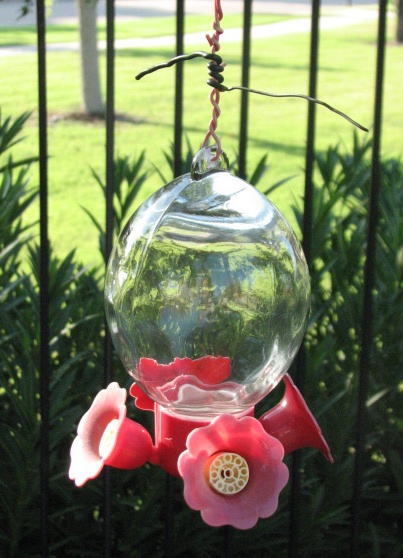
There are several disadvantages to this style of feeder. The air at the top of the bulb expands in the heat of the day and forces nectar out the opening, wasting it. The drops of nectar attract ants, bees and wasps which hummingbirds donít like. They are also difficult to clean.
The other style of feed is dish shaped. Iíll go into more details about this style below.
Those living in the western half of the United States get a wide variety of hummingbirds visiting their feeders and yards. Most of these are very sociable or there are so many itís impossible to chase others away. With so many hummingbirds visiting the feeder, they can consume a lot of nectar. In this case, larger feeders like these make sense. I still prefer the saucer shaped ones because they donít drip.
Those living in the eastern half of the United States have one type of hummingbird visiting their yards and feeders - Ruby-Throated. They have a range from Central America, through the eastern United Sates, and all the way into eastern Canada. They are very territorial so you'll only get one visiting your feeder at a time and it will try to chase all others away. It is unusual to see two at a feeder at the same time. To make the best of this situation, use a number of small feeders that are out of sight of each other (think front, back and sides of your house or on opposite sides of a dense tree or garage).
Another solution might be to put multiple feeders up near to each other. The bully will get tired of trying to chase the others away. You'll want to do this in a good visibility location so you can watch all the antics.
Put a hummingbird feeder in your front yard. Your neighbors might enjoy watching them and that may encourage them to put up their own feeder. This may even lead into a discussion about hummers and what they can do to attract them. The more things in a neighborhood that attract hummers, the better.
In the south you also have to contend with the heat. Nectar spoils quickly in hot weather. Feeders must be emptied, cleaned, and refilled every couple of days.
For those in the southeastern United States, the typical bottle feeder, like the one in the photo above, is a huge waste considering it will only be visited by one hummingbird at a time and you have to change the sugar water every couple of days because it spoils and grows mold. The hummingbirds will only drink a little bit of nectar each day Ė half a tablespoon per hummingbird per day. Most of the sugar water will drip out of the bottle feeders because the air inside the container expands as it is heated by the sun and air. A better solution are the saucer shaped feeders, but get one to match the number of hummingbirds you expect, or make a saucer feeder yourself. Having a large feeder when you only get a few hummers may tempt you to leave the feeder up longer. But then you risk the nectar spoiling and making the hummingbirds sick.
Keeping feeders clean is also a concern. Mold can grow in feeders and kill hummingbirds. Get a feeder that is easy to clean. A bottle brush may be necessary for reaching inside the container. See below for more information.
Saucer shaped feeders are usually easier to clean than bottle feeders.
If your feeder becomes very popular consider putting up a second or third feeder instead of a larger one.
My Situation and ExperiencesThe type of feeder that I prefer is a saucer style as shown in the photos below. The nectar is far from the artificial flowers so bees and wasps arenít attracted to it. The nectar doesnít drip out, and itís easy to clean. For where I live, near Dallas, Texas, we mainly get ruby-throated hummingbirds. They are very territorial and will chase others away. So thereís only one bird at the feeder at a time. They will only go through an ounce or two a day. And because it gets so hot, the feeder needs to be cleaned out every couple of days and new nectar added. So a small saucer is ideal. This one is my very favorite. It is relatively inexpensive on Amazon and called the More Birds 30 Classic Brands 3-in-1 Humming Bird Feeder . It can be attached to a window using the suction cup, hung by the wire or supported on included the post. It holds 6 ounces of nectar and opens up completely, making it easy to clean.
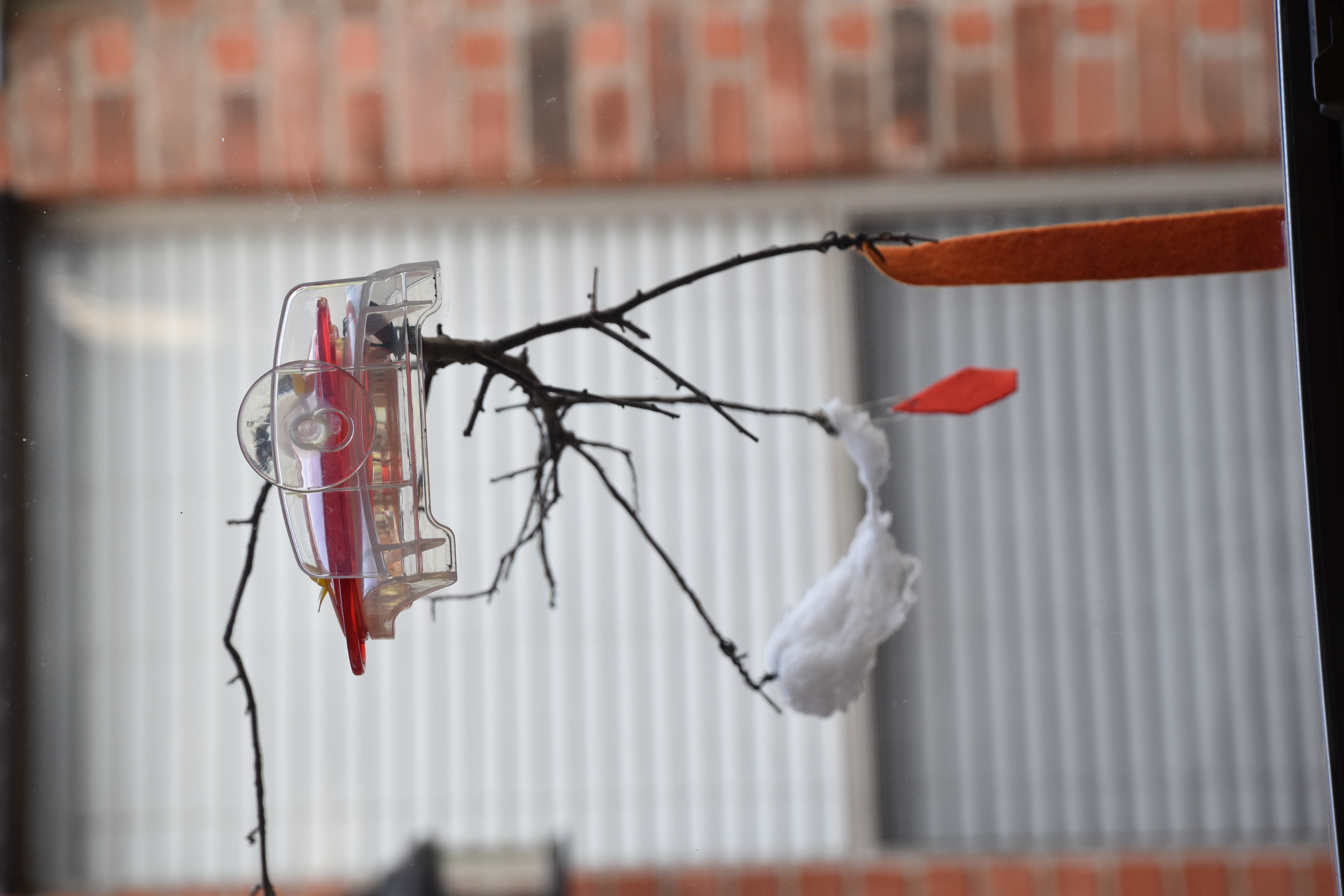
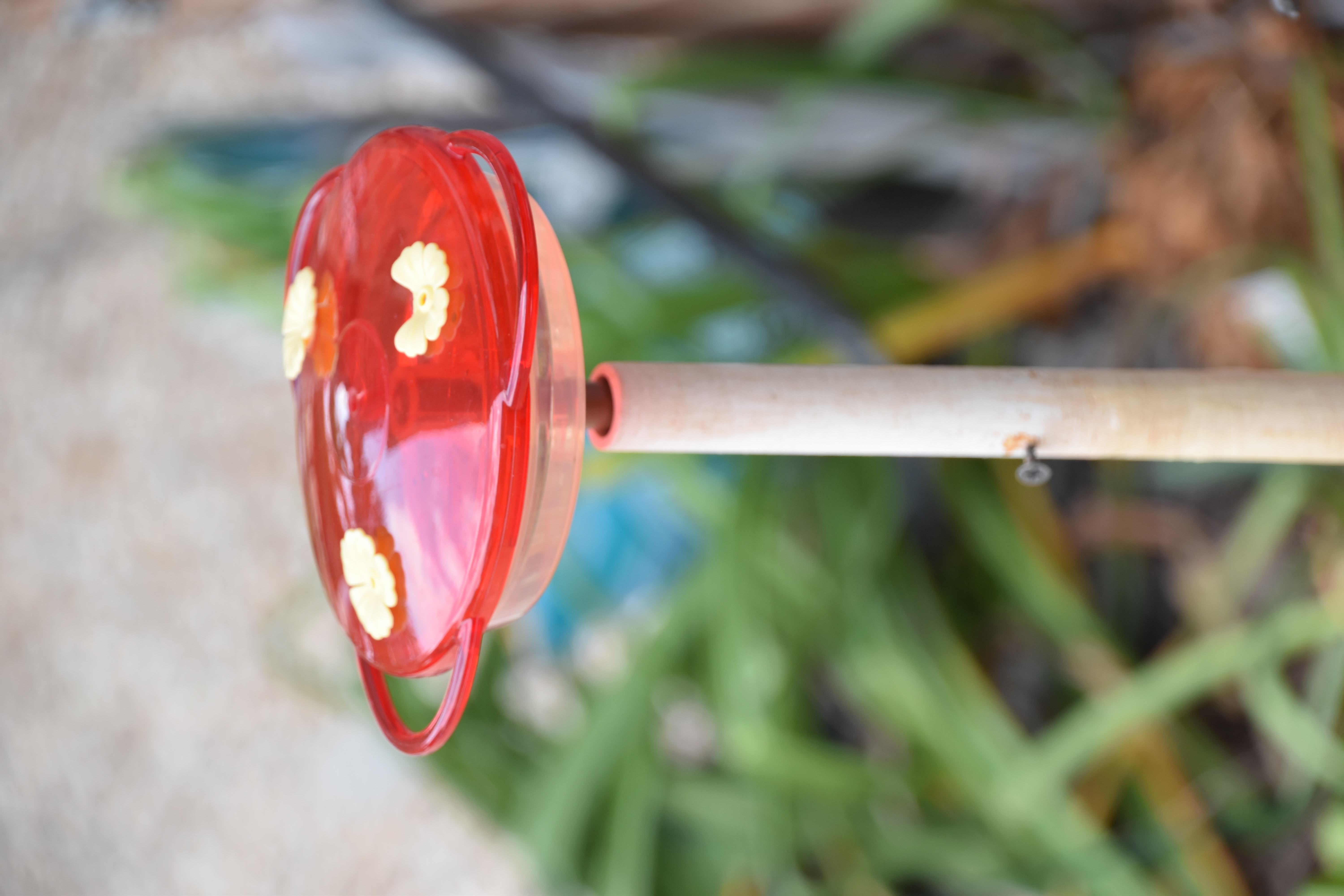
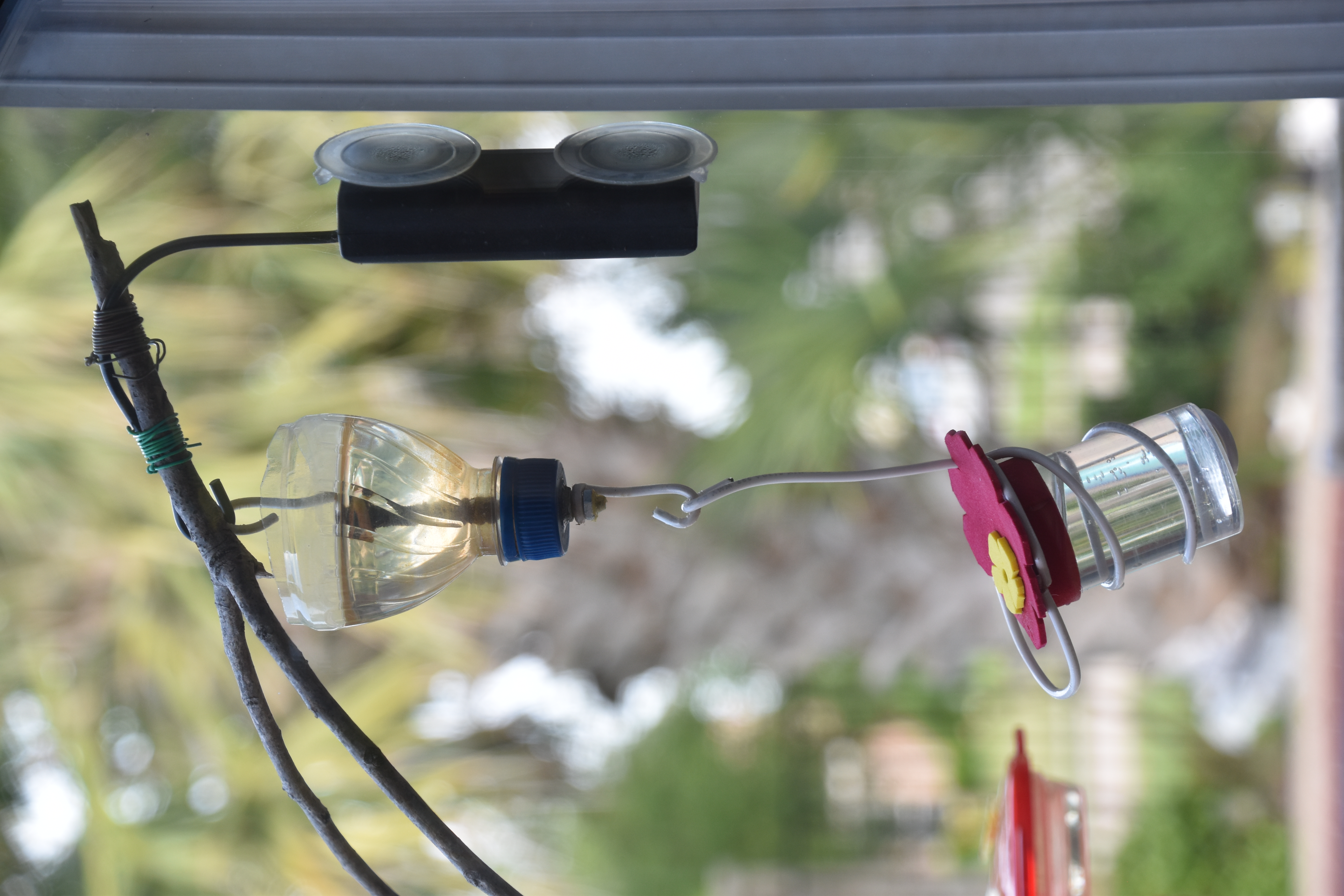
The photo on the left shows the suction cup attachment for the 3-in-1 feeder. Note that I have added a branch for them to perch on so I can observe them longer and it makes photographing them easier. I also attach a couple pieces of red fabric or felt to attract their attention. This is important at the beginning and end of the season when they are migrating. Iíve also added a piece of cotton which Iíve heard they might use for nesting material. I'm going to try putting cotton and dryer lint in a mesh container.
This feeder is in a corner. I saw a Cooperís Hawk chase and I believe catch (thanks to our security camera) one of the early arrivals to my yard. Why a hawk would go after something so small and maneuverable, I donít know. But I think with the feeder in the corner it would offer more protection for the hummer since they can go from 25 MPH to 0 in the length of your finger and the Cooperís Hawk canít.
The middle photo is the same 3-in-1 feeder mounted on a post. The post the feeder comes with was too short to see over the window sill, so I used a piece of 1/2" PVC. It doesnít have an ant moat Öyet. Iíll have to figure that out.
The photo on the right is a feeder I made. Note the attached branch for them to perch and the ant moat. It is attached to the window with a two suction cup hook available at home improvement stores. I like this better than the one suction cup it comes with because in case one suction cup fails, the other may keep the feeder from falling. The 3-in-1 also comes with a hanger than works nicely with this. I use this little feeder for experimenting.
Hummingbirds do remember where you place your feeder. Iíve had them show up early and hover at the spot on the window where my feeder usually hangs.
You can get them accustomed to you being near them over time. They will be eager to feed first thing in the morning and just before sunset. This is especially true in the spring when itís cold and they are recovering from their migration and using a lot of energy for mating and feeding young. But also in the fall when they are trying to put on extra weight for their big migration.
By sitting quietly, they will get used to you over time. You can move closer and closer as they allow. This also makes for better photo opportunities. If you are patient, you can even get them to eat out of a feeder in your hand and maybe land on your finger.
NectarTo make nectar, take 4 parts of water and 1 part white granular sugar, sometimes called table or cane sugar (for example, 2 cups of water and 1/2 cup sugar). Bring the water to a boil, add the sugar, stir, and bring to a boil again. Use a funnel to help you put it in a container while it is still hot. With the lid in place, slosh the hot nectar around so it kills anything trying to grow in the container. The nectar will stay fresh in the fridge for a couple weeks. You can re-use water or soda bottles to store the nectar after rinsing them out well. Label the bottle so no one drinks it by accident.
Boiling the nectar is important because it kills bacteria, mold, and yeast that like to grow in sugar water and can harm hummingbirds.
Don't substitute honey or anything else for the sugar.
Don't use any red food coloring.
Store sugar water nectar in the refrigerator.
Fill the feeder in the late evening when hummingbirds have finished feeding for the day. You will be filling the feeder with cold or hot nectar. Filling it in the evening allows the nectar to warm up or cool down over night. I donít know if hummingbirds get ďbrain freezesĒ like people do when they drink or eat something cold, but the chill could be hard on their very small bodies.
Don't forget to empty, clean, and refill the feeder every 3 or 4 days (every day or two if the temperature is over 90 degrees). If you leave the nectar longer, it will spoil and nasty things will start to grow in it and these will hurt your hummingbirds.
If you see any black spots in the nectar or container or the nectar gets cloudy, throw it all out and make a new batch and store it in a new container.
Clean and fill your feeders after sunset. If your nectar is hot from just making it or cold from being in the fridge, it will get to air temperature over night.
Feeder ProblemsCleaning the feeder is very important. Clean it and refill it every 3 or 4 days or more frequently if it is hot. Always use hot water to rinse out the feeder, don't use soap. If you notice the remaining nectar is cloudy or you see black spots of mold you've got something growing in the feeder that can harm hummingbirds. Use a paper towel or bottle brush to remove the mold. Then rinse the feeder completely in a solution of 10% Clorox (1 part Clorox and 10 parts water), scrub, and rinse thoroughly. It's a good idea to clean them with Clorox about once a week to prevent any problems. Be absolutely sure that you rinse them REALLY well to get rid of all the Clorox.
If possible have two feeders and alternate them. That gives you extra time to clean one of them while the other is being used.
Nectar goes bad faster in temperatures above 90 degrees so change it every day or two.
If you have problems with ants visiting your feeder, it will keep hummingbirds away. Put a glob of Vick's VapoRub™ on the wire the feeder hangs from, but away from where a hummingbird might touch with feet or wings. Replace it as needed.
Another way to defeat ants is to use an ant moat. Ants can't swim, so keeping the ant moat filled with water will keep them away from the nectar and bothering the hummingbirds.
You shouldn't have problems with wasps and bees at a saucer feeder unless the flower holes are too large in diameter. A hummingbird's tongue can reach about 2" into a feeder. Wasps and bees don't have long tongues like hummingbirds so they can't reach the nectar stored below in the bowl of the container.
Feeders that drip nectar will attract bees and wasps and they keep hummingbirds from using the feeder.
Feeder LocationThe feeder should be hung in a location that's easy for you to frequently observe and enjoy the activity. This may be on a patio or outside a high traffic area of your house, maybe near a large window. Hang the feeder from a tree limb, a post, or a hook. Try to pick a shady location. If the feeder is in the sun, the nectar will spoil more quickly.
Adding red decorations like ribbons is a great way to alert hummingbirds of your feeder. Use this in the spring so the early arrivers will find your feeder. Once they are regularly using your feeder, you can take the ribbons down. But put them back up in the fall when migrating hummers may happen to find your yard. They will very much appreciate your generosity. They may stop by to visit you on their way back north next year. I once had a male fly right up to the location on my window where I had a feeder the year before. He obviously was familiar with my yard.
The best location of all is on a window so you can watch them up close. Either purchase a window hanger or make a suction cup hanger yourself. I have not had any issues with hummingbirds flying into windows.
When you first put up a feeder, don't be disappointed if you don't see any activity for a week or two or more. Find out when hummingbirds visit your area and be patient. It may take them a while to discover your feeder. It helps if you have flowers nearby that will attract them. You can also put red ribbons out. Hummingbirds are very curious and will check out anything red that catches their attention. If it moves, that's even better.
Don't forget to keep emptying, cleaning, and refilling the feeders every few days. The nectar will spoil and start growing nasty things even if hummingbirds are not visiting.
Hand FeedingHummingbirds are much more tolerant of people than most other birds and animals. Maybe they sense that we couldn't catch them if we tried (well, it would be very difficult) and we wouldn't hurt them. This gives you the opportunity for a rare encounter with a wild animal.
Once hummingbirds are visiting your feeder frequently, try to get them to eat from your hand. This is best done in the fall when they are trying to put on weight before they migrate south. Hummingbirds will try to get a good feed first thing in the morning and just before they settle down for the night, so these are the best times to try.
Start by sitting VERY STILL in a chair near the feeder. Get them used to you being near their feeder. Get comfortable, you may have to sit still for 5 to 30 minutes.
You have to be very still and not move or the hummingbird will be gone in a flash.
If at first they don't come to the feeder, back off a little until they return to feeding.
They will slowly learn to trust you. Once they are comfortable with you being nearby, hold the feeder in your hand and rest your elbow on the arm of the chair. Be very still and try not to move. Don't be startled when they buzz around you checking out the new decoration in their yard (you). They couldn't hurt you if they tried. The wind from their wings will tickle your hand. You will barely be able to tell when they land on the feeder or your hand.
If you hold your hand in a convenient location they may even land on your finger or hand.
This is a real thrill. It's so neat to see them up close. We don't often get to see a wild animal behaving naturally that close. As you are sitting there marveling at their colors and flying capabilities, remember some of the facts from the top of this page.
Here is a really nice video by Scott Kemp showing his family in Alaska feeding some hummingbirds from their hands. But do NOT put red dye in the sugar water like he does.
Nest CamStarting in the early spring you can find sites that have LIVE web cams set up to observe nests. This is much closer than you could actually observe them and you are not bothering them. It's a lot of fun to see female hummingbirds build their nests, sit on her eggs, and raise her young. The babies are so cute! Remember this is LIVE, so you can check on them day to day or throughout the day. But they do allow you to go back 12 hours in case you miss something.
The Hummingbird Trees - Orange County, CaliforniaFemale hummers take 5 to 7 days to build their nest. The eggs take 15 to 18 days to hatch and 18 to 28 days for the young to fledge and leave the nest. For more information see: Baby Hummingbirds: (Egg to Fledging). Once we saw a mother bring her three babies to our feeder as she taught them how to find food. The babies were slightly smaller than she was and she didn't chase them away from the feeder as they all sipped the nectar.
More IdeasAnother thing you can try is to put out some ripe fruit. This will attract fruit flies that the hummingbirds will enjoy.
Get your neighbors excited about hummingbirds. Teach them what flowers to plant and how to feed them. The more hummingbirds in your neighborhood, the more that will visit your yard and feeder.
Add a perch to your feeder. Hummingbirds seem to appreciate a place to rest near the feeder. A 1/8" diameter wire can be twisted around just about anything to make a perch. Make the perch 6" to 8" long. Here is a photo of a very simple hanger with a perch. Another option is to attach a tree or shrub branch to the feeder.
